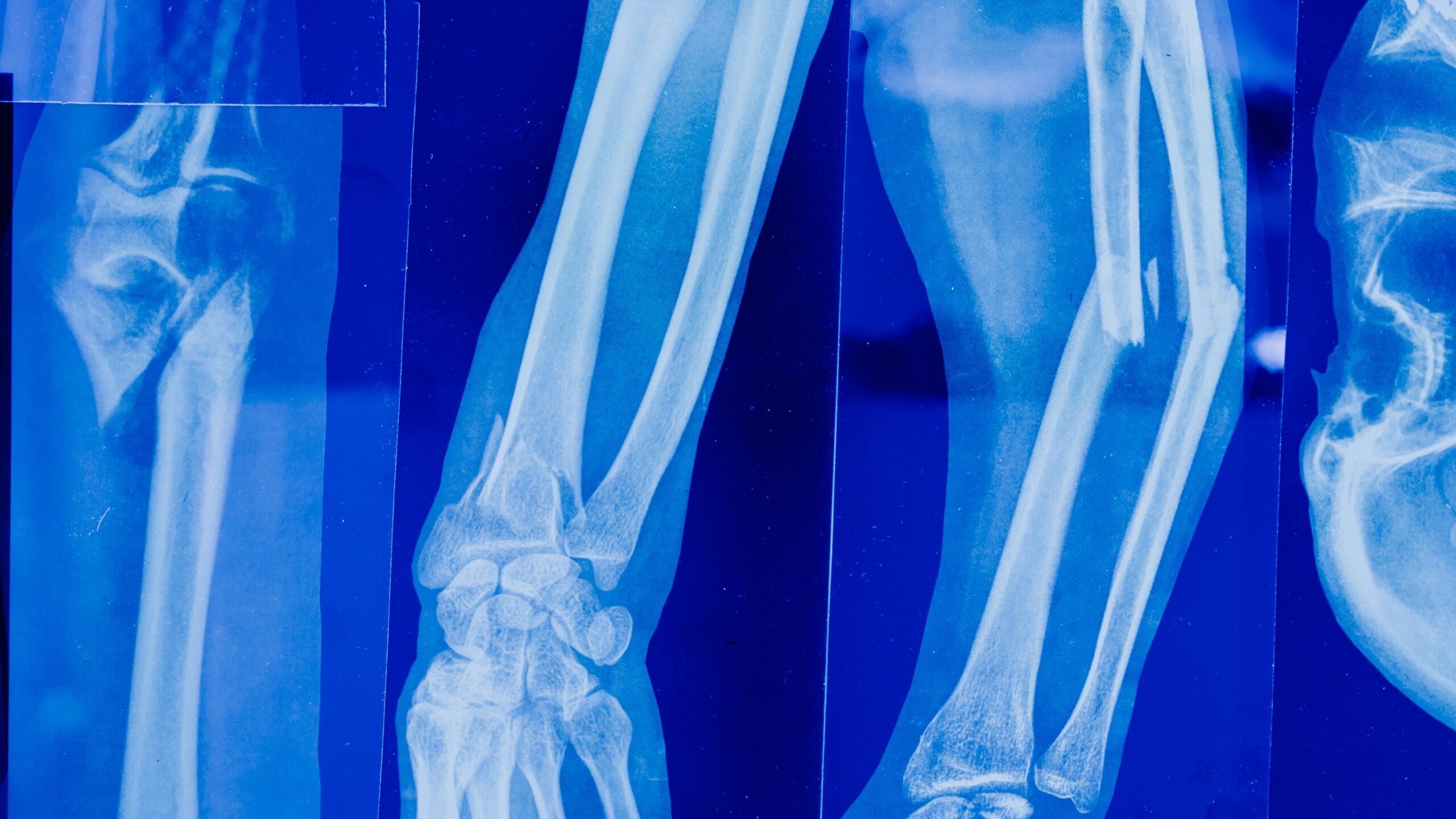
I’m working a shift in the ER. It’s going well, right up until this 17 year old walks in, holding his arm. He was jumping on a trampoline and fell off. As an aside, trampolines are ravenous for arms and ankles. They are deadly. Factor in the ER cost when thinking of buying one. This kid fell off and now his arm is crooked and he is walking into the ER with his dad.
We get some x-rays and it kind of looks like the third one in the picture above. He’s got some fractures and the bones need to be set. I’m sitting down telling them about the risks and benefits of procedural sedation and reduction of midshaft radius and ulna fracture and his dad asks, “Will he still be able to play pro baseball?”
Completely off-topic but I’m sure a big concern. I inquire about whether he already has plans and of course he doesn’t have anything firm yet and the conversation turns to Dad being worried about his ability to bring an income and I feel like I’ve completely lost the flow of this conversation. Dad is worried about his future work-ability. I’m worried about getting the red tape forms signed so I can get on with setting the bones. We are concerned with two different things, though the kid/patient is the same.
I’m about to repair this kid’s arm and Dad is wondering about the after repair value.
What is the ARV?
Real estate investors talk all the time about the after repair value. They use this metric to help predict what kind of money they will get when the sell the property. Others, such as multifamily syndicators, use the ARV to help determine what they might get in a refinance.
The After Repair Value is what a reasonable other person would pay to purchase the property or an appraiser would value the property once it is fully repaired. Seems simple. But there are a lot of details in there.
When investing, we want to purchase for a price lower than we sell it for, but we have to take account of the cost that it takes to buy, sell, repair, and hold the property. We don’t instantly sell the property (unless wholesaling, when we don’t do any repairs anyway) and so we have to be thinking how long it will take for us to sell the property. My first flip took a whole year. In that time, I was paying property tax, insurance, gas, water/sewer, and electricity.
We also hope to purchase a property for lower than it is worth. When we do that, we have ‘instant equity’. When we sell, we want to sell it for higher than it is worth, though this rarely happens.
Once we buy, we are on the clock. We have all the payments that need to go out, but also, the value of our money goes down. Inflation takes a bite out of every dollar. If inflation stays at 9%, your $100 is worth in a year what only $91 would buy today.
I have no idea whether the kid will play pro baseball or not. He’s sleeping in drug-induced comfort now. As I pull his arm back into place with a satisfying crunch, I realize that his Dad is wisely willing to invest money into the repair of his arm and he’s just thinking about the ARV of his kid.
When you are evaluating an ARV for your next purchase, keep in mind holding costs, the time it will take for you to sell, and the value you lose in the holding period. Once you have that, you can use the 70% Rule to help determine how much you can pay to purchase the property. I hope that clears it up for you.

